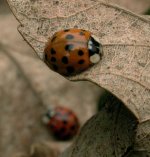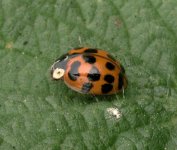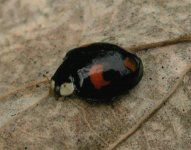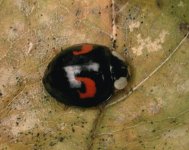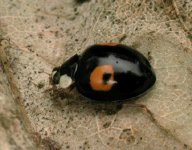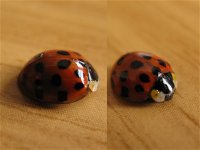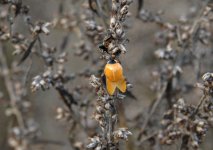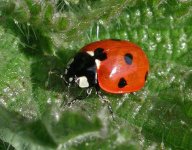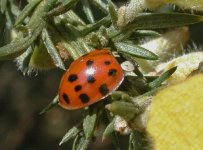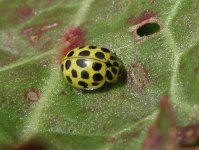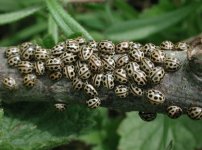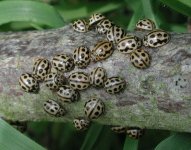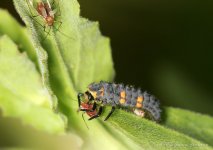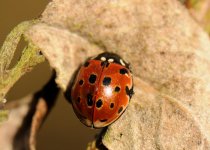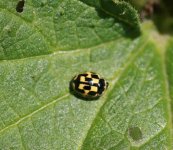Stuart Read
Well-known member
Found quite a large number of Harlequin Ladybirds at my local Nature Reserve the other day, mostly adults but also a few larvae & pupae.
The pupae & empty pupal cases were all attached to fallen leaves of a large Sycamore tree, all the adults & larvae were below this tree either on the dead leaves or on nettles where the leaves had fallen. Presumably I hadn't seen them before as they were up in the foliage of the tree.
I have attached a series of photos.
Stuart.
The pupae & empty pupal cases were all attached to fallen leaves of a large Sycamore tree, all the adults & larvae were below this tree either on the dead leaves or on nettles where the leaves had fallen. Presumably I hadn't seen them before as they were up in the foliage of the tree.
I have attached a series of photos.
Stuart.




